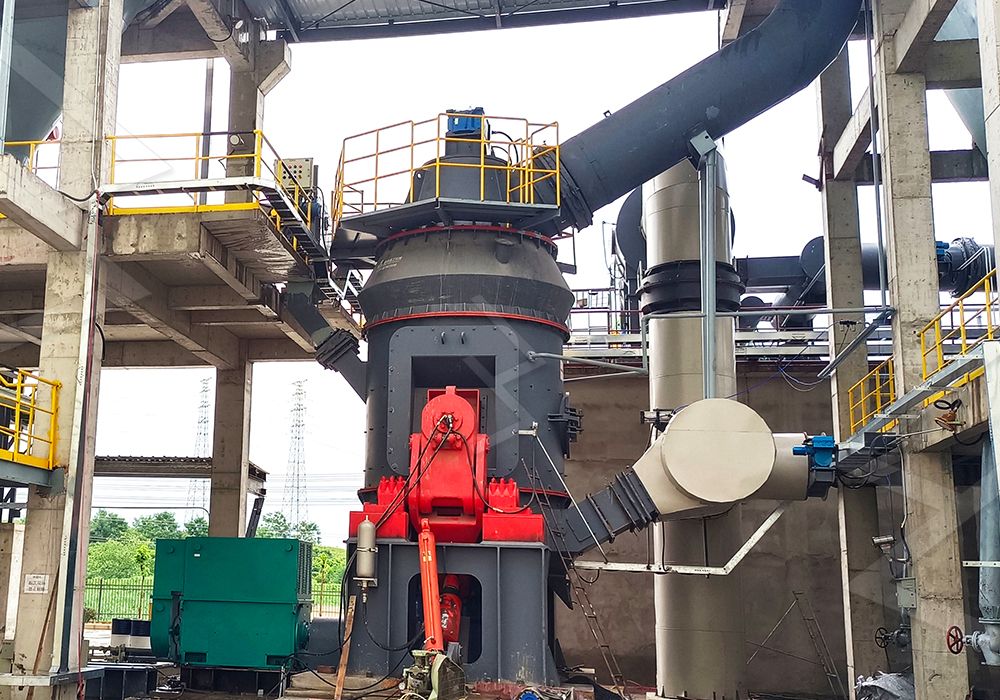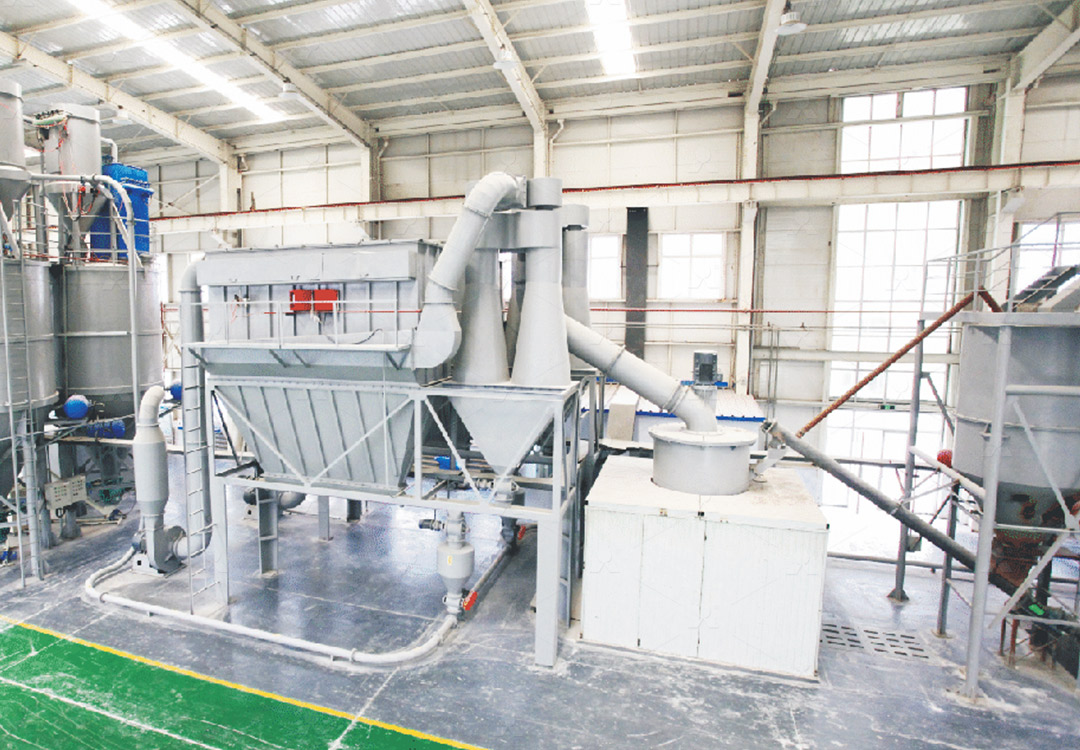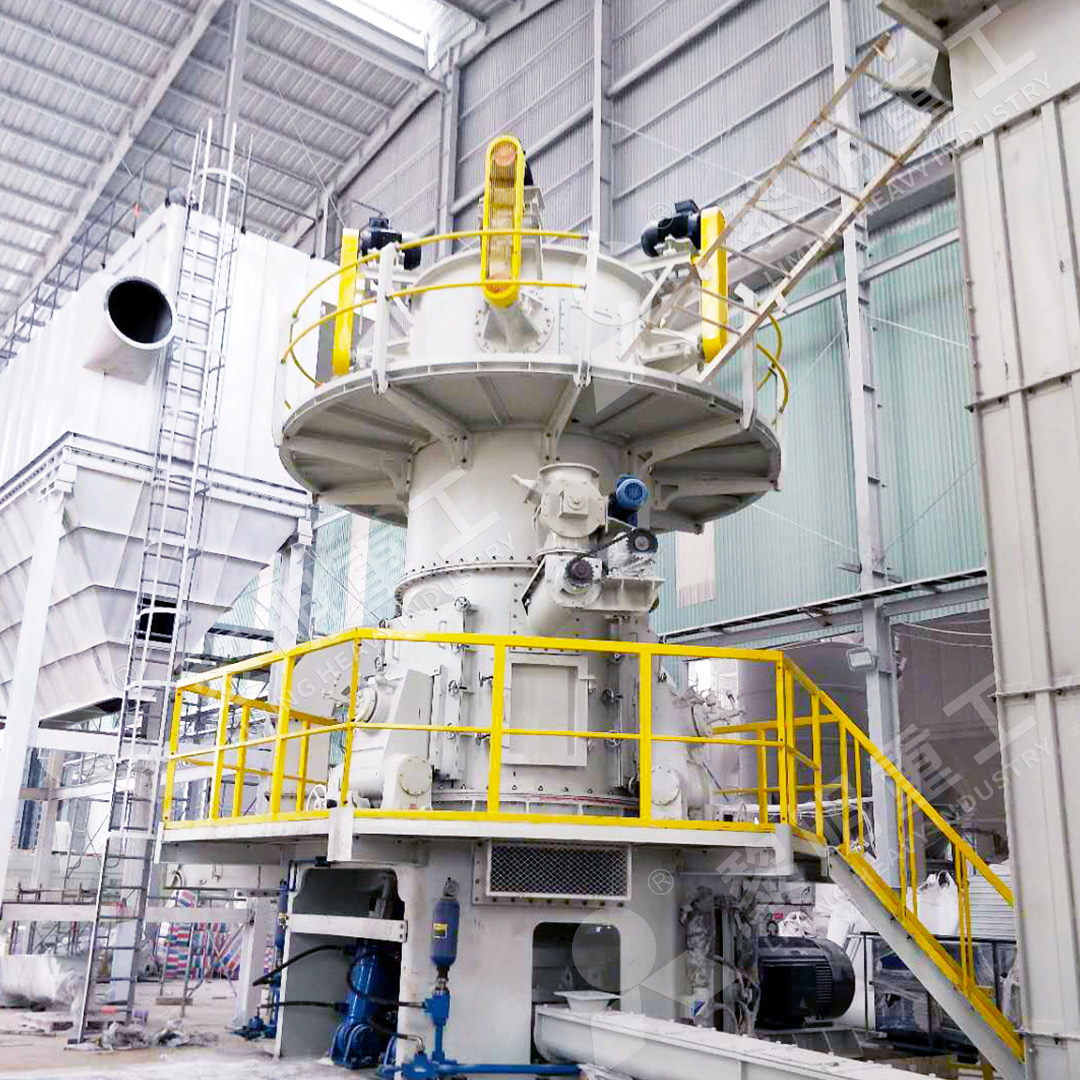Large Vertical Mill Price Guide for Industrial Applications
Large Vertical Mill Price Guide for Industrial Applications
When it comes to industrial milling operations, selecting the right equipment involves balancing performance requirements with budget constraints. Large vertical mills represent a significant capital investment, but their operational efficiency and durability often justify the initial expenditure. The pricing for these industrial workhorses varies considerably based on capacity, features, and technological sophistication.
Vertical mills have revolutionized material processing across numerous industries by offering superior energy efficiency, compact footprints, and enhanced control over final product specifications. Unlike traditional horizontal ball mills, vertical configurations utilize gravity to their advantage, reducing energy consumption while maintaining high throughput rates.

Key Factors Influencing Vertical Mill Pricing
Several critical elements determine the final price tag of industrial vertical mills. Capacity requirements represent the most significant cost driver, with systems processing 5-25 tons per hour commanding substantially different investments than those handling 100+ TPH operations. The materials being processed also impact pricing – abrasive substances like quartz or granite require more durable (and expensive) wear components than softer materials like limestone or talc.
Technological features contribute significantly to cost differentials. Advanced control systems, automated maintenance features, and sophisticated powder separation technologies can increase initial investment but often deliver substantial operational savings through reduced downtime and improved efficiency. The degree of environmental compliance built into the system, including dust collection and noise reduction capabilities, also affects overall pricing.
Strategic Equipment Selection
For operations requiring ultra-fine powder production with exacting specifications, the MW Ultrafine Grinding Mill presents an compelling solution. This advanced system processes materials with input sizes up to 20mm and delivers throughput ranging from 0.5 to 25 tons per hour. Its innovative design eliminates rolling bearings and screws within the grinding chamber, substantially reducing maintenance concerns and potential failure points. The integrated pulse dust collector and muffler system ensures environmentally responsible operation while maintaining product purity.
The MW series particularly excels in applications demanding precise fineness control between 325-2500 meshes, making it ideal for specialized industries including cosmetics, pharmaceuticals, and high-performance additives. The cage-type powder selector, incorporating German technology, provides exceptional separation accuracy while the external lubrication system enables continuous 24-hour operation.

Maximizing Return on Investment
Beyond the initial purchase price, savvy operators consider total cost of ownership when evaluating vertical mill options. Systems with higher energy efficiency, while sometimes carrying premium price tags, can deliver substantial operational savings over their lifespan. The MW Ultrafine Grinding Mill demonstrates this principle effectively – consuming approximately 30% less energy than comparable jet grinding mills while achieving 40% higher production capacity.
Maintenance accessibility and spare parts availability represent another crucial economic consideration. Designs that facilitate quick component replacement and provide reliable access to original spare parts significantly reduce operational disruptions. Our manufacturing approach ensures comprehensive support throughout the equipment lifecycle, from initial installation through years of productive operation.
Application-Specific Considerations
Different industrial applications present unique challenges that influence equipment selection and budgeting. Food and pharmaceutical operations typically prioritize contamination prevention and easy cleaning access, while mining and mineral processing focus on durability and capacity. The versatility of modern vertical mills allows customization to address these specific requirements, though specialized features naturally impact final pricing.
For operations processing superfine dry powders of non-metal ores, the LUM Ultrafine Vertical Grinding Mill offers another sophisticated option. With its unique roller shell and lining plate grinding curve, this system generates material layers more efficiently and achieves high finished product rates through single-pass powder milling. The double position-limiting technology provides exceptional operational stability, while the reversible structure simplifies maintenance procedures.

Frequently Asked Questions
What is the typical price range for large vertical mills?
Pricing varies significantly based on capacity and features, ranging from approximately $100,000 for basic models to over $1,000,000 for high-capacity systems with advanced automation and environmental controls.
How does the MW Ultrafine Grinding Mill justify its investment?
Through 40% higher production capacity compared to jet mills, 30% reduced energy consumption, and minimal maintenance requirements due to its innovative bearing-free grinding chamber design.
What industries benefit most from vertical mill technology?
Cement production, mining, chemical processing, pharmaceuticals, food additives, and specialized materials manufacturing all leverage vertical mill advantages including energy efficiency, space savings, and precise particle size control.
How important is after-sales support when purchasing industrial milling equipment?
Extremely critical. Reliable technical support, genuine spare parts availability, and responsive service significantly impact operational uptime and total cost of ownership over the equipment’s lifespan.
Can vertical mills handle abrasive materials effectively?
Yes, with proper configuration including wear-resistant alloys for grinding components and appropriate maintenance schedules, vertical mills successfully process highly abrasive materials while maintaining operational efficiency.
